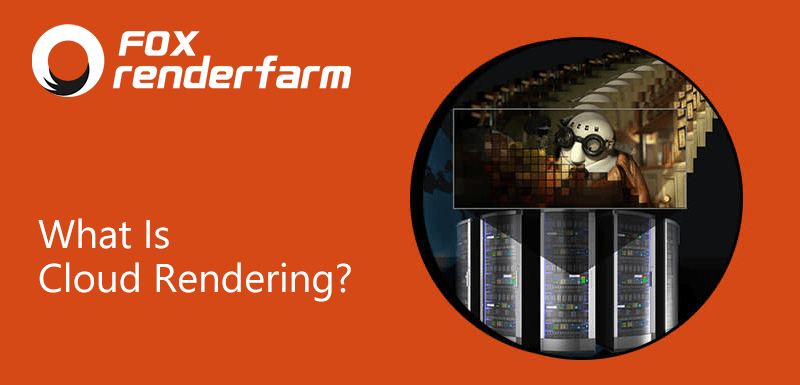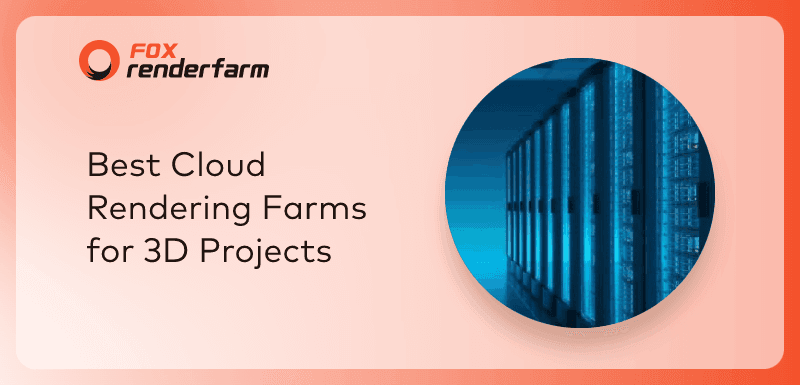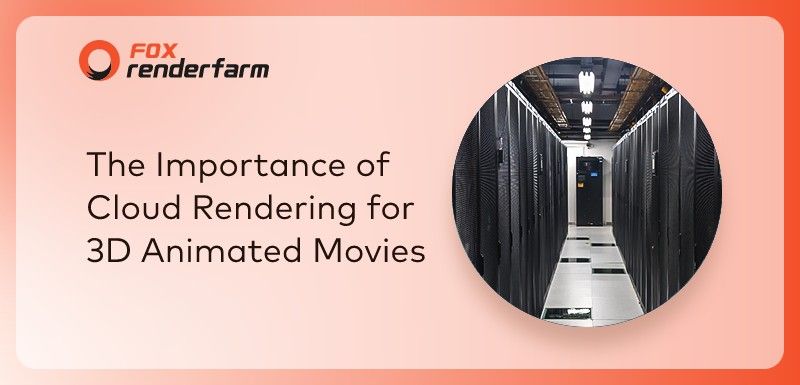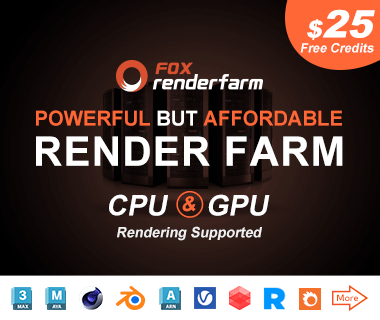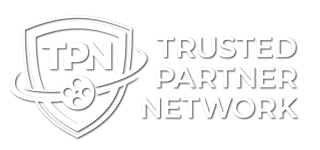Top 10 Frequently Asked Questions about Render Farm

1. What is a Render Farm?
A render farm is a host for computing computer-generated images. It is mainly used to create 3D scenes, animations or architectural visualisations.
2. How Fast is the Render Farm?
As the render farm has many render nodes, it is possible to calculate frames of a 3D project on these nodes simultaneously. A render farm can be 10 or 100 times faster than a personal computer.
3. How much Time can you Save by Using a Render Farm?
Imagine if you have a 5 second animation scene running at 60 single frames per second and assume that this is a complex scene that takes 1 hour to render a single frame. A personal computer would take a total of 300 hours to calculate 300 single frames. In a render farm, 100 computers/render nodes could be used to render the project in just 3 hours. So 300 hours or over 2 weeks of rendering can be reduced to 3 hours.
4. What Types of Render Farm are There?
Typically, there are two types of render farm providers. Rented computers in the cloud or online render farm. Another way to differentiate is an IaaS or SaaS render farm. The difference between these two render farm providers is their ability to support different software, and the degree of user access control.
Rented computers in the cloud:
You can access the remote server directly through a variety of configurations: virtual or bare metal, depending on the provider.
You have full control of the remote server, rendering your own projects and actively customising them.
You can use any type of 3D software, application.
Online render farm:
You simply submit your project to a render farm provider and then receive the results afterwards. Example: Fox Renderfarm.
The render farm system uses 10 or 100 render nodes to render the project. If problems occur, you will not be able to control and customise the project while rendering.
Depending on the render farm provider, there is limited software support.
5. Why do you Need a Render Farm?
There are many advantages of using a render farm, of which speed, convenience, cost effectiveness and minimisation of risk are the most important.
Speed: Render farm providers offer up to thousands of render nodes with powerful CPUs and GPUs. The rendering process is much faster, so it will definitely save you time.
Convenience: You can render 3D projects anywhere, at home, in the office or at any other location. In addition, your computer is free to be used for other tasks while the render farm renders your project.
Cost-effective: Some larger projects can be more cost effective than building your own render farm. You only pay the render farm provider for what you use and don't have to spend much money on hardware investment, maintenance or hiring people to manage it.
Minimal risk: Your computer may overheat and shut down or even crash while rendering. Or projects may be cancelled due to power outages or failure to meet hardware requirements. It is recommended to use a render farm to avoid these situations. Even if one machine in the render farm crashes, the rendering process still runs by moving to another machine.
6. How does the Render Farm Work?
Online Render Farm:
You send your project to the render farm. Depending on the provider, you can either submit the project directly from the 3D software or upload it to the provider's website.
When the scene check is complete (e.g. software version and renderer version compatibility), the scene is distributed on the farm to the individual render nodes where the frames are calculated. Once the cloud rendering process is complete, you can download the results.
Rented Computers in the Cloud:
You transfer the project to a remote server for rendering setup and rendering. After the rendering process is complete, you transfer the results from the remote server to your PC. (Use the server as your personal computer)
7. What is the Pricing of the Render Farm?
GHz Hours:
There are now a number of render farms that display CPU pricing per GHz hour or core hour. To build a pricing strategy by GHz hours, the render farm calculates the sum of the GHz hours of the render nodes (or servers) you are using. For example, a CPU Intel XEON E5-2670 v2 has 10 cores with 2.5 GHz each. the price is $0.004 per GHz hour. If you use a server with 2 Intel XEON E5-2670 v2, the price for 1 server/node/hour would be 10 x 2 x 2.5 x 0.004 = $0.2/node/hour.
OctaneBench Working Hours:
OctaneBench is the popular GPU rendering benchmark, created by Otoy as a tool to define the general computing power offered by any combination of graphics cards in a computer. The score is calculated based on the measured speed (Ms/s or millions of samples per second), relative to the Otoy speed measured for the GTX 980. For example, a render node with 1x GTX 1080Ti and an Octanebench score of 192 would cost $0.003 per Octanebench hour (OB hour). This means that the price per node hour is: 192 x 0.003 = 0.576$ per node per hour.
Server Time or Render Node Time:
A reasonable way to compare prices and render times between render farms for a given project is to check benchmarks yourself and compare prices based on render nodes/servers. This means that some render farms such as Fox Renderfarm. When offering a SaaS model (Software as a Service), the choice is transferred to the user so that they can access the remote server and check that the machine specifications are exactly as stated by the render farm, as well as benchmarking the server hardware. This approach is completely transparent and clear to the customer when using the render farm service.
8. Which is the Best Render Farm?
Top 4 Best Render Farms of 2023:
- Fox Renderfarm
- RebusFarm
- Ranch Computing
- GarageFarm
9. Which is Best Render Farm for CPU Rendering?
The CPU (Central Processing Unit) rendering engine acts as the control centre for the entire computer, with the core task of converting data input into information output. As the first available renderer in history, CPU renderers are widely used and are essentially the industry standard for rendering. Based on our research, usage and review of render farms around the world, there are the top 3 best render farms for CPU rendering in 2023.
- Fox Renderfarm
- Rebusfarm
- GarageFarm
10. Which is the Best Render Farm for Multi-GPU Rendering?
GPU rendering can be performed using a graphics card instead of a CPU and can significantly speed up the rendering process, as GPUs are primarily used for fast image rendering. GPUs were created to cope with graphics-intensive applications that can burden CPUs and hinder computational performance. GPU rendering works by running across multiple cores on multiple data, focusing parallel processing on a specific task while freeing up the CPU to emphasise different sequential serial processing jobs.
- Fox Renderfarm
- iRender Farm
- RebusFarm
Recommended reading
Top 9 Best And Free Blender Render Farms of 2025
2024-12-30
Revealing the Techniques Behind the Production of Jibaro "Love, Death & Robots", Which Took Two Years to Draw the Storyboard
2025-02-10
Top 10 Free And Best Cloud Rendering Services in 2025
2025-03-03
Top 8 After Effects Render Farm Recommended of 2025
2025-02-10
Top 5 Best and Free 3d Rendering Software 2025
2025-02-10
Shocked! The Secret Behind Using 3D to Make 2D Animation was Revealed!
2025-02-10
How to Render High-quality Images in Blender
2024-12-04
Easy Cel Shading Tutorial for Cartoon in Blender Within 2 Minutes
2025-02-10
Partners
Previous: Top 9 3D Modeling Software Recommended 2025
Next: What's the Difference Between Supercomputer and Render farm?
Interested
